
Creating desirable offers isn’t rocket science; all you need to do is understand what makes your prospects tick.
Once you understand what they really want, you’ll have the tools you need to create irresistible offers that your prospects won’t be able to pass up.
Here are the psychological principles used by successful companies to create desire for their products – and how you can use them to optimize your landing pages and marketing campaigns.
How the psychology of desire works
Understanding the psychology of desire on a theoretical level will help you apply it in practice to your landing pages. In his book The Advertising Effect, consumer psychologist Adam Ferrier explains that desire is made up of two key elements: individual incentive and social norms.
Individual incentives
At a basic level, humans are motivated to take action either to gain pleasure or avoid pain.
In the context of your marketing campaigns, desire is created when people can see how your product or service can help them to either gain pleasure or alleviate pain.
Social norms
All that isn’t to say that humans will simply seek out whatever creates pleasure or alleviates pain with no thought to the consequences. We are inherently social beings and are driven to act in a way we believe will be considered normal.
Because of this, before we act, we tend to consider things like:
- How will I look if I perform this behavior?
- What are the social norms around this behavior?
- Are people I consider influential performing this behavior?
You need to show people how using your product or service will either reduce pain or increase pleasure in their lives, and you need to reassure them that is a perfectly acceptable behavior to undertake.
Now that we better understand the inner-workings of desire, let’s have a look at how successful companies leverage these psychological principles to run killer marketing campaigns.
How Airbnb creates desire using beautiful images
Popular homestay website Airbnb creates desire for their service by using beautiful product images.
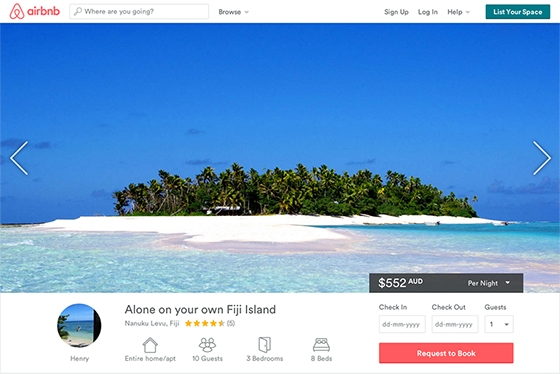
By using professionally-shot photographs that showcase the properties at their absolute best, they increase individual incentive to stay at one.
Airbnb pays professional photographers to photograph the vacation properties listed on their site – without charge to the property owners – because they understand the importance of beautiful photographs in creating desire.
This strategy has been extremely successful for the company. In a presentation for The Lean Startup SXSW, Airbnb highlighted the importance of this tactic in their rapid growth toward a $10 billion valuation:
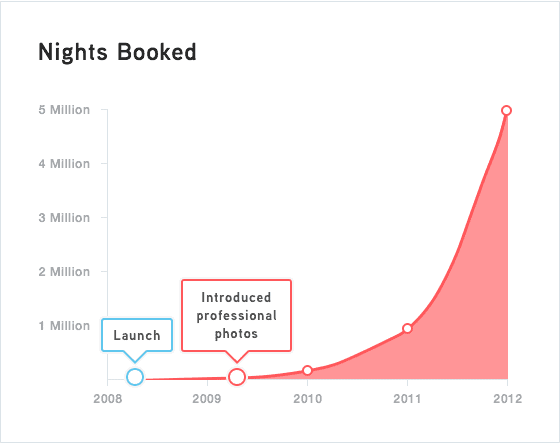
The professional photography program significantly increased people’s desire for their products, dramatically increasing the number of nights booked at Airbnb properties and fuelling the start of their phenomenal growth.
How you can apply this principle to your landing pages
When including hero shots of your product or service on your landing page, use professionally-shot photography to increase individual incentive.
SurfEasy does a great job of this on the landing page for their online privacy product.

By including a professionally-shot image of a person relaxing and enjoying a cup of tea (read: not stressing about privacy) they trigger feelings of relaxation and create an individual incentive to get the benefit their product brings.
How Apple creates desire by showing their products in context
Apple creates desire for their products by showing context of use.
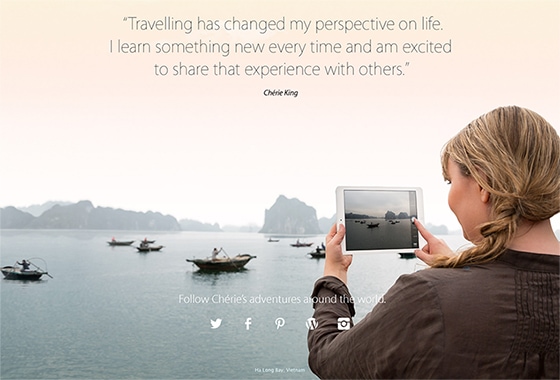
In their recent “Your Verse” campaign for the iPad, Apple created a beautifully designed campaign page to showcase how different people use their iPad in different ways to enhance their lives.
Showing the product being used in context demonstrates to potential buyers how the iPad can be used to create pleasure in their life, and increases individual incentive to purchase the product.
Furthermore, Apple creates a sense of social norm by featuring prominent, aspirational figures like travel writer Chérie King. By showing her taking photos with an iPad, Apple is playing into people’s tendency to look to influencers for signals on how to act. They’re creating a social norm that even celebrities find the iPad perfect for capturing the moments in life that matter most.
How you can apply this principle to your landing pages
When including pictures or screenshots of your product or service on your landing page, show them in the context of how they will help the user either create pleasure or avoid pain.
The Art Institute of Pittsburgh does this nicely on the landing page for their design courses:
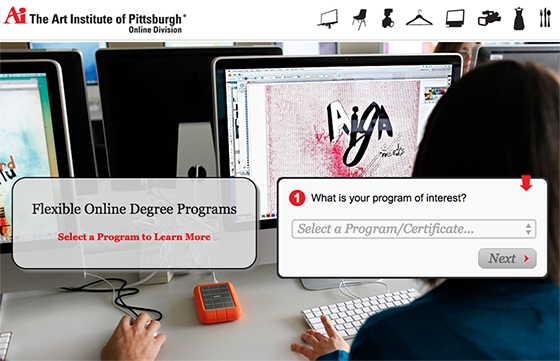
By using a background image of students designing fairly advanced graphics, they demonstrate how their design classes enable potential students to excel – creating an individual incentive that drives potential students to sign up.
How Campaign Monitor creates desire by showing customer logos
Email marketing platform Campaign Monitor creates desire by showcasing the logos of their most prominent and renowned customers on their site.
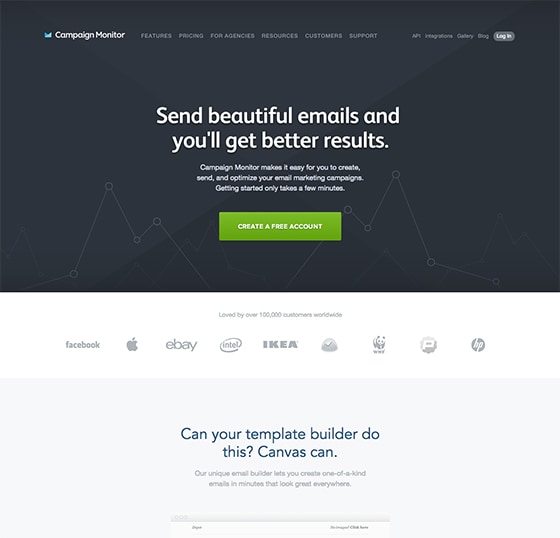
By including logos from famous customers such as Facebook, Apple, eBay and IKEA, Campaign Monitor is playing off both social norms and individual incentive; people like using the same tools as successful companies as they make them feel that they are one step closer to experiencing the same roaring success.
How you can apply this principle to your landing pages
If you have a number of noteworthy customers who use your product or service, feature them prominently on your landing pages.
They don’t need to be household names – as long as your audience will recognize them and have a positive reaction, they’re fair game.
Analytics company KISSmetrics leverages this technique on their landing pages:
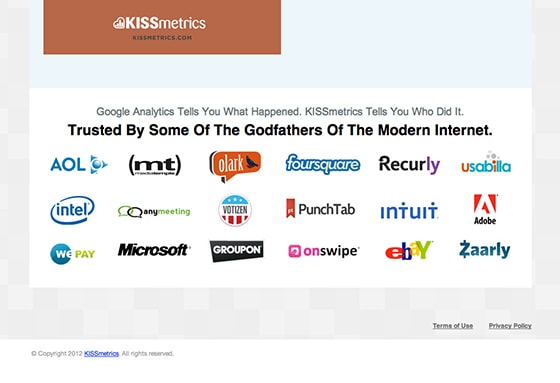
By including the logos of prominent, successful companies like Adobe, Intel and eBay, KISSmetrics arouses people’s desire to use the same tools as successful companies. And that creates the individual incentive that drives people to convert.
How InVision App creates desire using testimonials
Prototyping and workflow platform InVision App creates desire for their service by showcasing testimonials from raving customers.
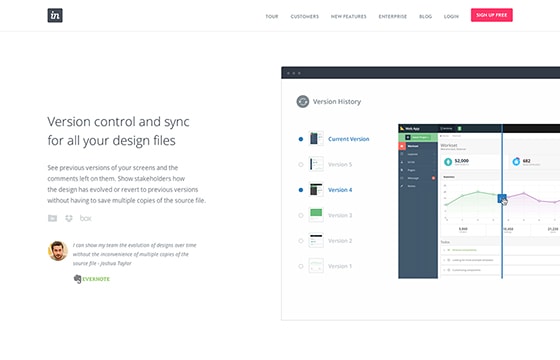
While the marketing copy on the page speaks to the benefits of using the service, the testimonials serve to add credibility to the claims.
Additionally, the testimonials serve to create a social norm around InVision, showing that other awesome companies use the product and leveraging the respect people have for these companies.
How you can apply this principle to your landing pages
Whenever you can, collect testimonials from your customers to feature on your landing pages. To increase their relevance and efficiency, have them support the benefits you’ve listed on your landing page.
Also consider the placement of your testimonials. When ContentVerve moved the testimonials from the bottom of their landing page to the middle of the page, they got a 64.53% increase in conversions.
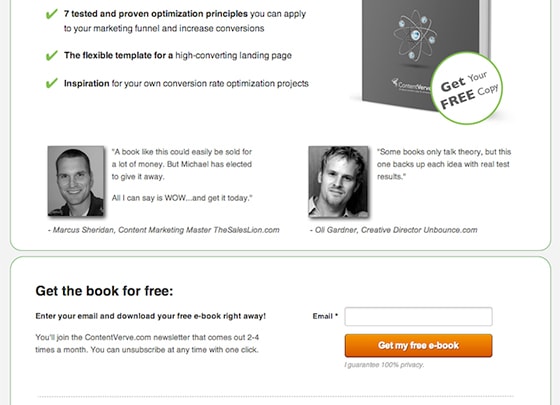
Your visitors will react differently to different testimonial placement (depending on where they are in the buying process) – start testing today and you may see dramatic conversion lifts.
How Xero creates desire using customer numbers
Online accounting app Xero creates desire for their product by showcasing the number of small businesses using their platform.
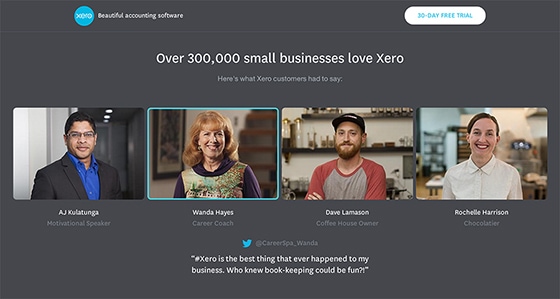
By prominently displaying that 300,000 other small business are using their service, Xero plays into people’s fear of missing out – visitors may wonder why their small business isn’t using Xero, too. This creates individual incentive to sign up for the product and start to gain the pleasure others are experiencing from the service.
How you can apply this principle to your landing pages
If you have an impressive number of people who have signed up for your product, then feature that number prominently on your landing pages.
Use language that creates individual incentive by making people feel they are missing out on benefits their peers – and even competitors – are receiving from using your product.
InVision App uses this technique to great effect on this landing page:
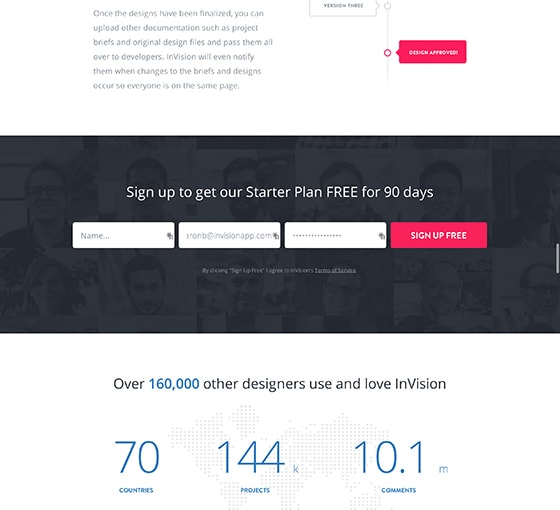
By highlighting that 160,000 other designers are using and loving InVision, they make potential customers think they are missing out on the benefits their peers and competitors are getting.
Don’t forget to test your assumptions
By understanding the psychology of desire and taking a few cues from successful brands, you can make small changes to your landing pages that result in big conversion wins.
Always remember that your audience is likely different from that of these big companies. Psychological triggers that work for them may be counter-productive for you. Validate your assumptions by A/B testing the changes you put into place.
Which of these psychological principles will you test first? Let me know in the comments!
This post is a modified excerpt from “How to Get Better Marketing Results with Beautiful Design,” a comprehensive guide to help marketers create more beautiful – and higher converting – landing pages, email campaigns and websites.
![]()

